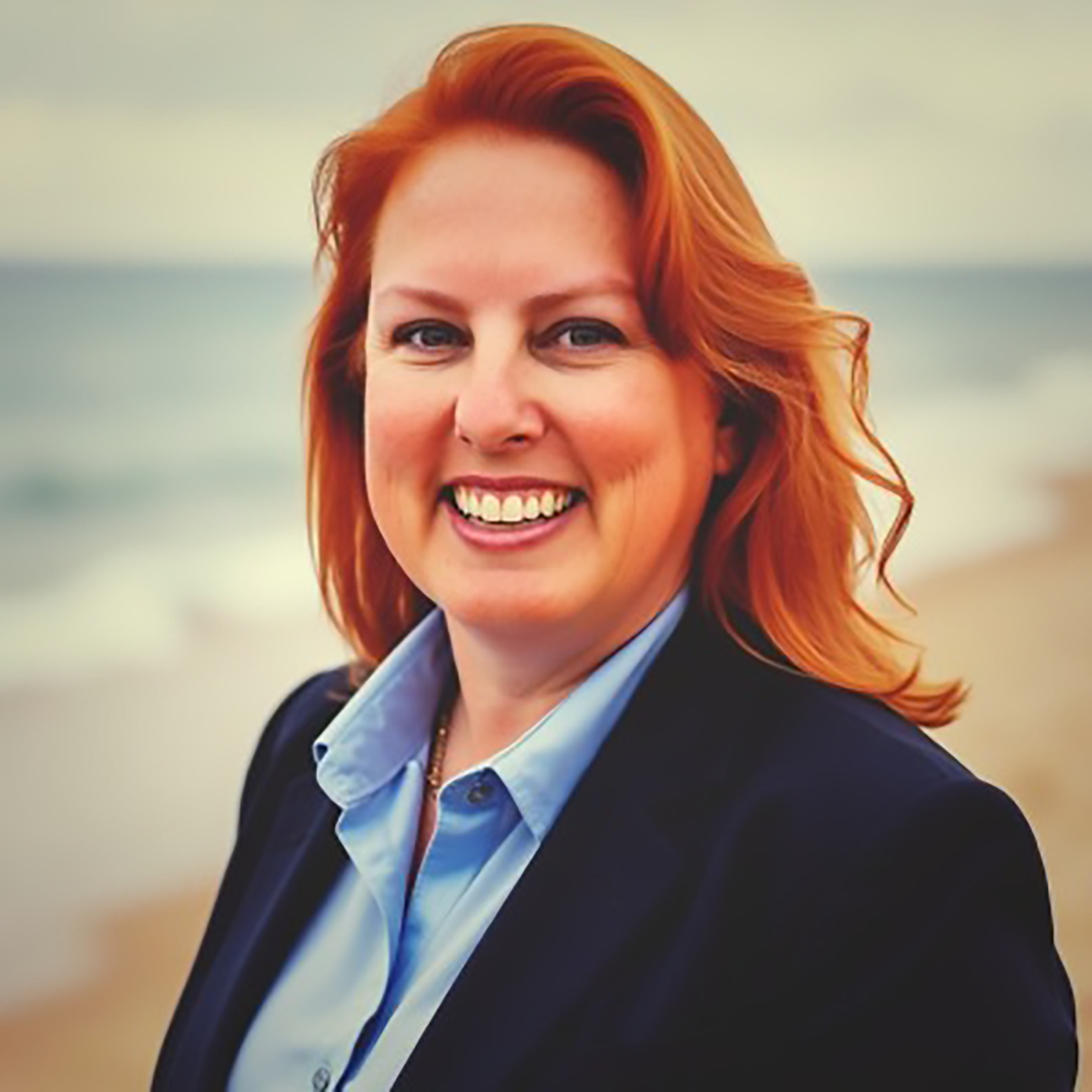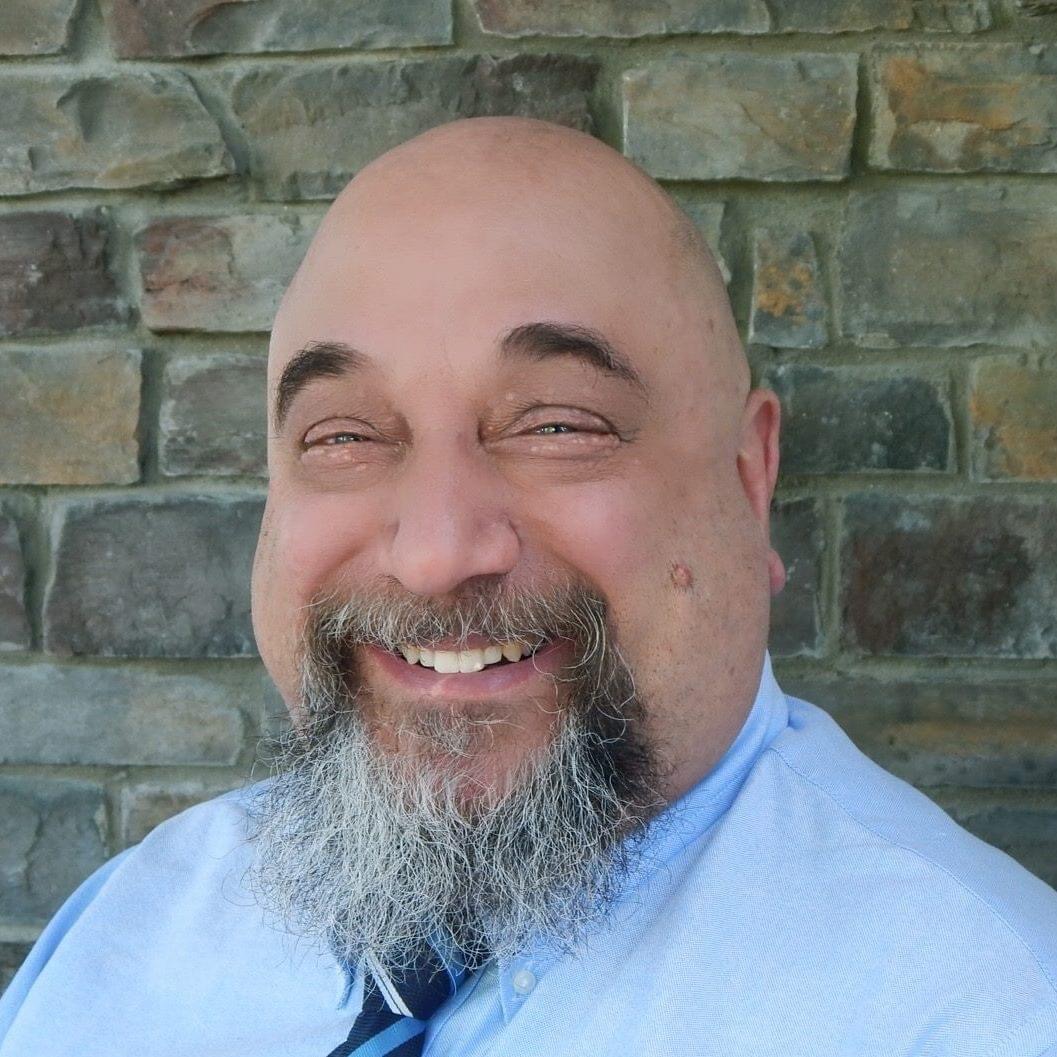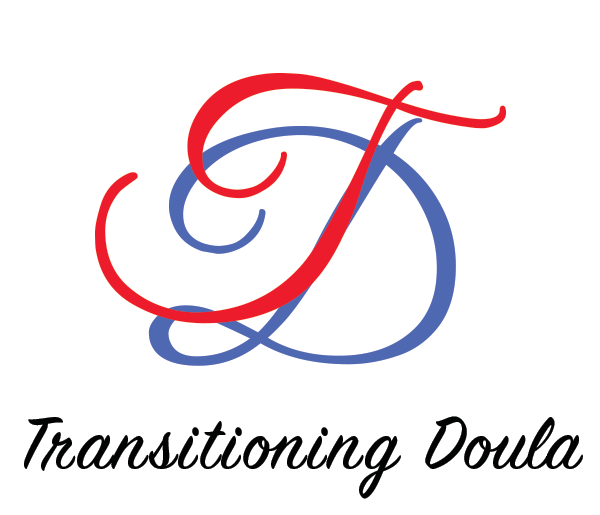It Takes a Village
Rethinking Death Care as Community Care
 Reprint from Substack
Reprint from Substack
Oct 16, 2025
We say it takes a village to raise a child.
But it also takes a village to help someone die well.
And another to carry the living after loss.
Yet somewhere along the way, we stopped seeing death as a community responsibility.
We outsourced it.
We built systems and professionals to handle it for us.
We took something once shared and sacred and turned it into a service you call when something goes wrong.
It’s time to take it back.
Because death was never meant to belong to one profession.
It was meant to belong to all of us.
Photo by Tim Marshall on Unsplash
Death Education: Where the Village Begins
Most people were never taught what happens when someone dies.
Not what the body does.
Not what paperwork is needed.
Not who to call.
Instead, we learned to look away. To change the subject. To protect others from sadness. But avoidance doesn’t protect us; it isolates us. It leaves us unprepared when loss comes. And it will come.
Death education isn’t about morbidity. It’s about literacy.
When we talk about death early and often, we normalize it. We empower people to plan. We replace fear with understanding.
I’ve seen the difference.
In classrooms where students ask questions with curiosity, not horror.
In bars where “Death Over Drafts” events turn into honest, healing conversations.
In families who, after learning the basics, approach death as something they can meet with grace, not confusion.
Education is where community care starts.
Because when people understand death, they don’t run from it; they show up for each other.
When the Village Shows Up
When someone is dying, the best care happens when everyone works together.
Hospice nurses ease pain and offer comfort.
Funeral directors help plan the goodbye.
End-of-life doulas hold space for the emotional work of dying.
Clergy, therapists, neighbors, friends, all have a role to play.
Each brings a different kind of medicine.
But right now, these worlds are often separate.
Hospice ends where the funeral begins.
The funeral ends where grief support should start.
And families fall through the cracks between systems that were never meant to be separate.
We can do better.
We can build bridges instead of silos.
We can treat deathcare as a continuum, not a collection of disconnected services.
Imagine this instead:
A hospice nurse calls a trusted funeral partner before death occurs to prepare the family for what comes next.
A funeral director connects that family with a grief counselor in their own community.
An end-of-life doula collaborates with both, ensuring continuity of care.
Each one hands the family forward gently, never dropping them in the space between.
That’s holistic deathcare.
That’s what it means to have a village that shows up, not only for the dying, but for the living who remain.
After Loss: Carrying Each Other Forward
The funeral is not the end. It’s the beginning of a new kind of living.
After the service ends and the flowers fade, people are left with a quiet no one prepares them for.
The silence of a house that holds too many memories.
The pile of mail that keeps coming.
The tasks no one wants to do: sorting clothes, returning medical equipment, changing account names.
Grief lives in those ordinary moments.
Professionals can support those who grieve, but it’s the community that carries them through it.
A check-in text two weeks later matters.
A meal left on a porch matters.
An invitation to coffee months after everyone else has moved on matters.
We need more of that.
Grief companions and support groups are essential, yes, but so are coworkers who understand, neighbors who remember, and friends who don’t say “let me know if you need anything,” but instead say, “I’m coming by.”
Community care after loss doesn’t require training. It requires willingness.
To sit in discomfort. To show up imperfectly. To remember that grief isn’t a problem to solve, it’s a process to witness.
The Missing Piece: Connection
The future of deathcare isn’t about more technology or efficiency. It’s about connection.
Connection between professionals.
Connection between the living and the dying.
Connection between people and the land they’ll return to.
We need spaces where hospice, funeral, and grief professionals talk to each other. Where doulas, cemeterians, celebrants, and therapists share resources instead of competing. Where families know where to turn because every door leads to someone ready to help.
This is already happening, in small ways, in small towns, in community-led projects, in forests, in living rooms.
Every time someone chooses to learn about death before they need to, every time professionals collaborate, every time a community rallies around someone grieving, another piece of the village returns.
Building the Village Again
So how do we rebuild it?
We start by talking.
By educating.
By remembering that this work belongs to everyone.
We host community events where death isn’t taboo.
We teach the language of dying and grief to kids, so they grow up unafraid.
We create partnerships between hospice and funeral homes, doulas and cemeteries, grief groups and local businesses.
We make space in our neighborhoods for conversations about how we want to live, and how we want to die.
We make death a part of life again.
Because Here’s the Truth
No one should die alone.
No one should grieve alone.
And no one should carry the sacred work of care alone, either.
It takes a village to live well.
It takes a village to die well.
It takes a village to remember well.
And if we can remember that, maybe we’ll start to see death not as something to avoid, but as something we walk through, together.
Marc D Malamud
Transitioning Doula

{UNSUB}


